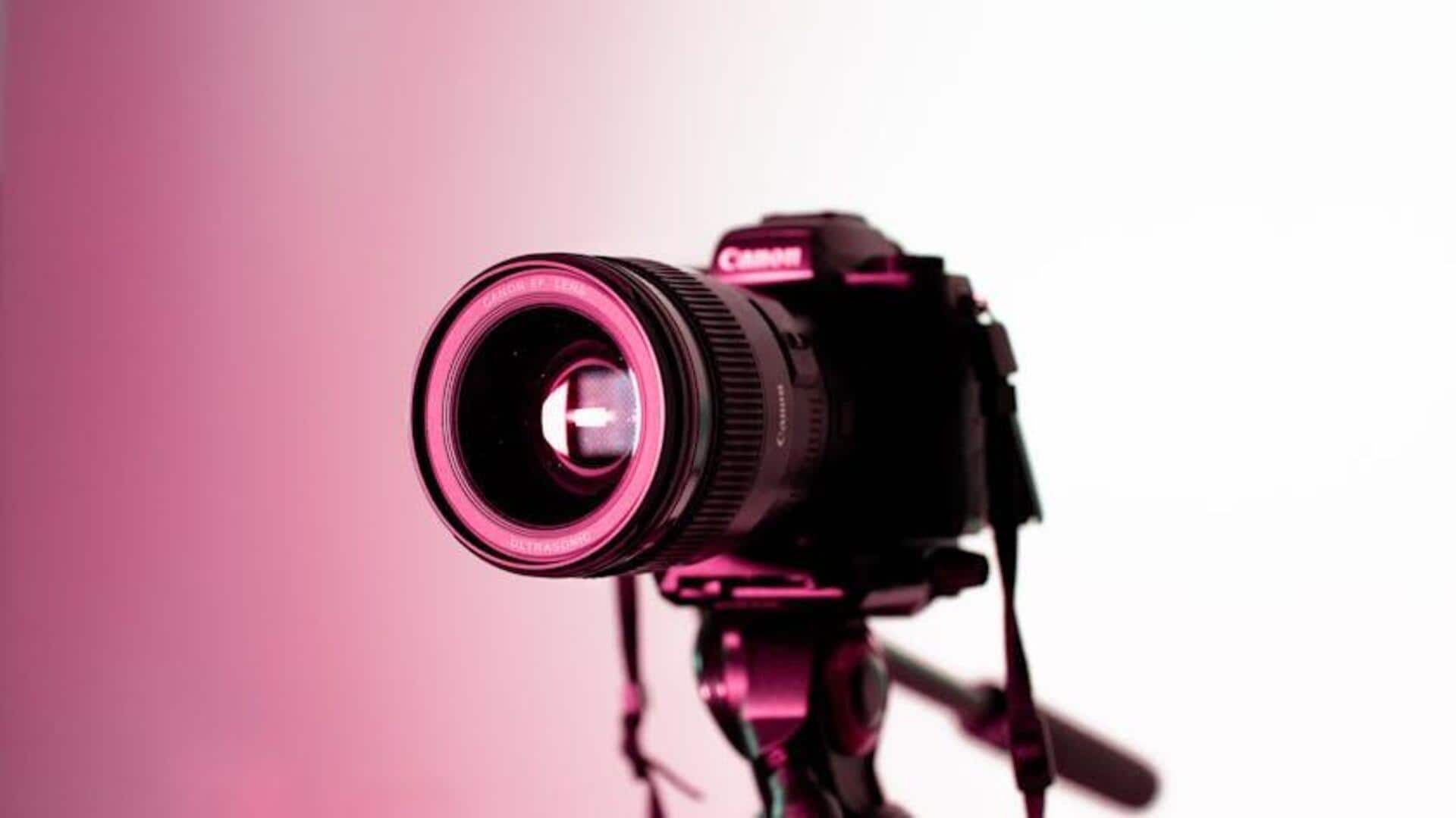
For photography enthusiasts: How to capture dance movements
What's the story
Capturing the essence of African dance through photography is an art that requires skill and an understanding of the cultural significance behind each movement. These dances are vibrant expressions of tradition, storytelling, and community. Photographers hoping to encapsulate these dynamic performances must consider various elements such as timing, lighting, and composition to create compelling images that do justice to the energy and emotion conveyed by the dancers.
Cultural insight
Understanding cultural context
To do justice to African dance through photography, understanding its cultural context is imperative. Each dance has a different story or purpose, usually associated with certain events or traditions. By researching and interacting with locals, photographers can learn how to read the meaning behind the movements. This would make for more authentic representations in photographs, capturing not just the physicality but also the spirit.
Timing technique
Mastering timing for perfect shots
Like any other dynamic dance, timing is key in the photography of dynamic dances. The trick is to anticipate the movement to capture the peak moment that portrays movement and emotion. The photographer should try to learn the dance routine by observing or attending rehearsals. This pre-preparation can help in anticipating when a dancer will leap or spin, triggering the shutter at the right moment.
Lighting strategy
Utilizing lighting effectively
Lighting is integral to accentuating the dancers' movements and expressions. Natural light can add a lot to outdoor performances with dramatic shadows and fluid motions highlighted. For indoors, photographers may require artificial lighting setups to make things clear without distracting the performers and audiences. Knowing how different lighting conditions influence color and mood is essential for impactful images.
Composition tips
Composition techniques for dynamic imagery
Composition techniques like framing, perspective shifts, and depth of field adjustments can add dynamism to your photographs of African dance performances. While wide angles capture group formations, close-ups can focus on individual expressions or intricate footwork details. Experimenting with different perspectives helps convey both scale and intimacy within a single frame.
Rapport building
Building rapport with performers
Establishing rapport with dancers enhances photographic outcomes by fostering trust between you and the subject matter experts—the performers themselves. Engaging respectfully ensures comfort during shoots, which translates into more relaxed poses. This results in natural-looking photos that reflect genuine emotions expressed throughout their art form's execution process itself.